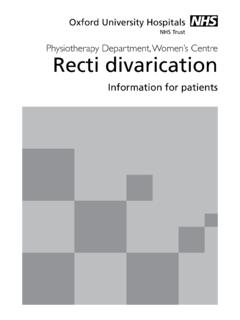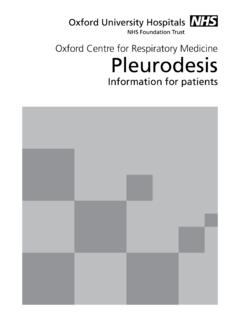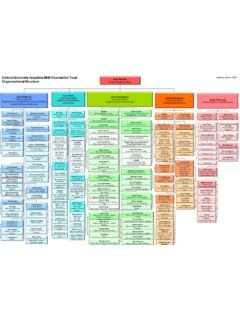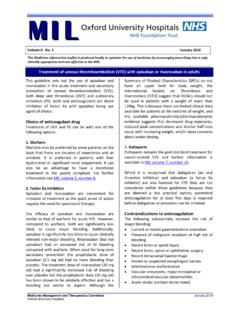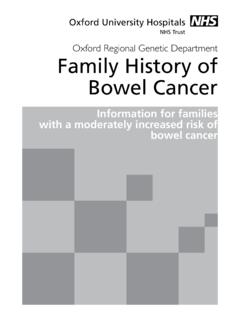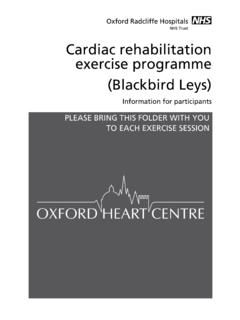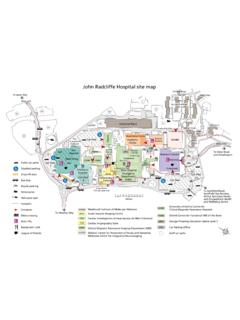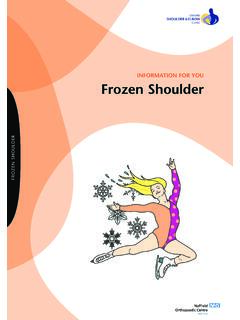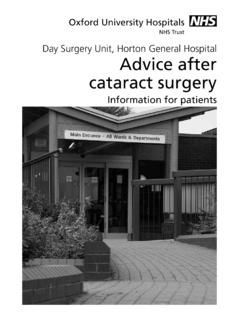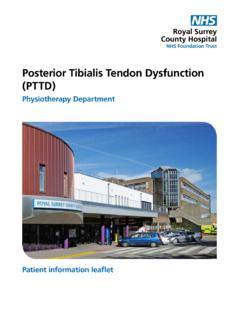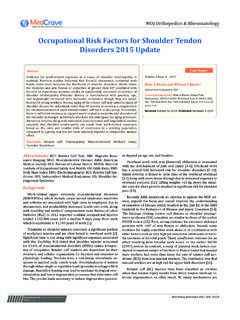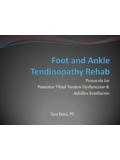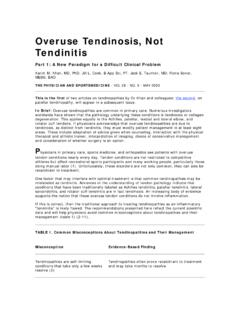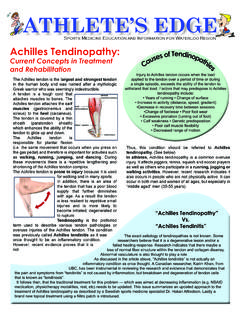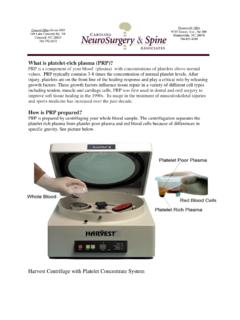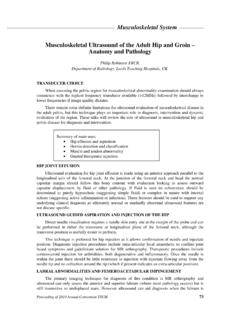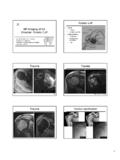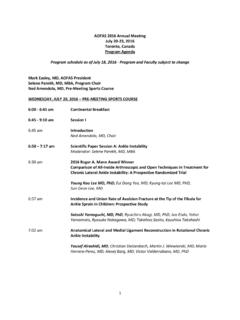Transcription of Achilles Tendinopathy: Advice and Management
1 Delivering Tendinopathy: oxsport@nocDepartment of Sport and Exercise MedicineAdvice and Managementpage 2 Achilles TendinopathyAre we speaking your language?If you would like information in another language or format please call 01865 PagePrevalence of Achilles tendinopathy 4 Causes of Achilles tendinopathy 4 Imaging 5 Symptoms 6 Treatment 7 Guidelines to treatment 8 Essential stretches 9 The eccentric program 10 FAQ s 14 Helpful training tips 15 This booklet has been designed to help guide you through the Management of your Achilles tendinopathy .
2 It is important that you read this booklet so that you have a better understanding of the condition and its 3 Achilles Tendinopathypage 4 Achilles TendinopathyPrevalence of Achilles tendinopathyAchilles tendinopathy is a relatively common soft tissue injury that can affect both athletes and non athletes. It is more common in people who participate in sports that predominantly involve running such as football, tennis, volleyball, badminton, middle and distance running. Achilles tendinopathy affects people of all ages and both men and women.
3 What causes Achilles tendinopathy ?The cause of Achilles tendinopathy still remains unclear. There are many factors that can lead to Achilles tendinopathy . A tendinopathy occurs when the tendon is unable to adapt to the strain being placed upon it. This leads to microdamage within the tendon fibres, and results in the tendon attempting to heal in response to the things affect the load being put though the tendon. It is not simply the result of exercising too much. These may be: Age: More common in middle aged people.
4 Gender: More common in the male population. Weight: Higher than average body weight. Diabetics: Increased risk of developing a tendinopathy . Tight and/or weak calf muscles. Poor endurance of the calf muscles. Poor core stability around the hip/knee. Stiff joints in the issuesThese are thought to be the most common cause for developing Achilles training errors: Running too far. Running at a too high an intensity. Increasing running distances too soon. Lack of variation in training. Poor footwear.
5 Too much hill running. For training tips please refer to page 17 Change in terminologyThe term Achilles tendonitis was used to describe this condition. The suffix itis from the word tendonitis suggests that the Achilles tendon was inflamed. Recent studies have shown that there are no signs of inflammation but in fact show degenerative changes within the tendon. Achilles tendinopathy is a now considered a more appropriate term. The term tendinosis describes the changes that are seen under a microscope.
6 You may hear the doctor use the terms tendinosis or tendinopathy , but these terms are an Ultrasound Scan is used to confirm the diagnosis of Achilles tendinopathy . This is a quick, safe and effective way of visualising the tendon. Magnetic Resonance Imaging (MRI) can also be used but is a more time consuming scan and not as readily available as Ultrasound. Imaging is not always necessary. Achilles tendinopathy is often diagnosed on clinical findings 5 Achilles Tendinopathypage 6 Achilles TendinopathyCommon symptoms associated with Achilles tendinopathyThe most common symptoms that people complain of when presenting with an Achilles tendinopathy are:i) Morning stiffness: Many people complain of stiffness around the tendon on rising in the morning which usually resolves after a few minutes of walking.
7 In some cases the stiffness may last ) Tenderness over the Achilles tendon: Often the tendon is very tender to touch when gently squeezed. In some cases there may be a tender lump and/or audible clicking from the tendon on moving the ) Variable pain: Some people can exercise through the pain. This means that the pain settles during exercise but after resting the pain may increase. Some people can experience severe pain from the Achilles tendon which stops them doing their pain reliefIce: Applying ice wrapped in a damp tea towel to the tendon helps reduce pain.
8 Apply for 20 minutes, 4 times a day or after pain killers: Paracetamol or anti-inflammatories such as Ibuprofen or rest: Maintain fitness using different forms of exercise but resting the tendon Swimming, cycling, aqua runningStretching calf muscles: (see page 9).Eccentric exercise program: to strengthen and lengthen the calf muscle. This forms the main component of the rehabilitation programme (see page 7).Eccentric exercise The eccentric exercises can take between 3 to 6 months to significantly improve your symptoms.
9 In some cases it may happen more quickly. Approximately 70% of people are able to return gradually to their sport at around 3 months. A reduction in morning stiffness is usually the first symptom to improve. Pain or tenderness on the tendon is usually the last symptom to doing the eccentric exercises, do expect an increase in pain especially when progressing to each phase of the exercise program but this should not go beyond what you perceive to be 4 out of 10. This is based on a scale from 0 , being no pain to 10 being worst pain eccentric exercise program is the gold standard for treatment of this condition.
10 However, it is estimated that between 10% and 30% of patients will not respond to this treatment. If this is the case then you will be referred back to oxsport@noc for a review and alternative treatments can be discussed with your physiotherapist may also combine additional treatments to assist your progress. It is very important to note that during the eccentric exercise program you may experience an increase in pain but this will reduce as you continue your rehabilitationpage 7 Achilles Tendinopathypage 8 Achilles TendinopathyGuidelines to the eccentric exercise programmeThere are some important guidelines to observe whilst performing the exercises.
